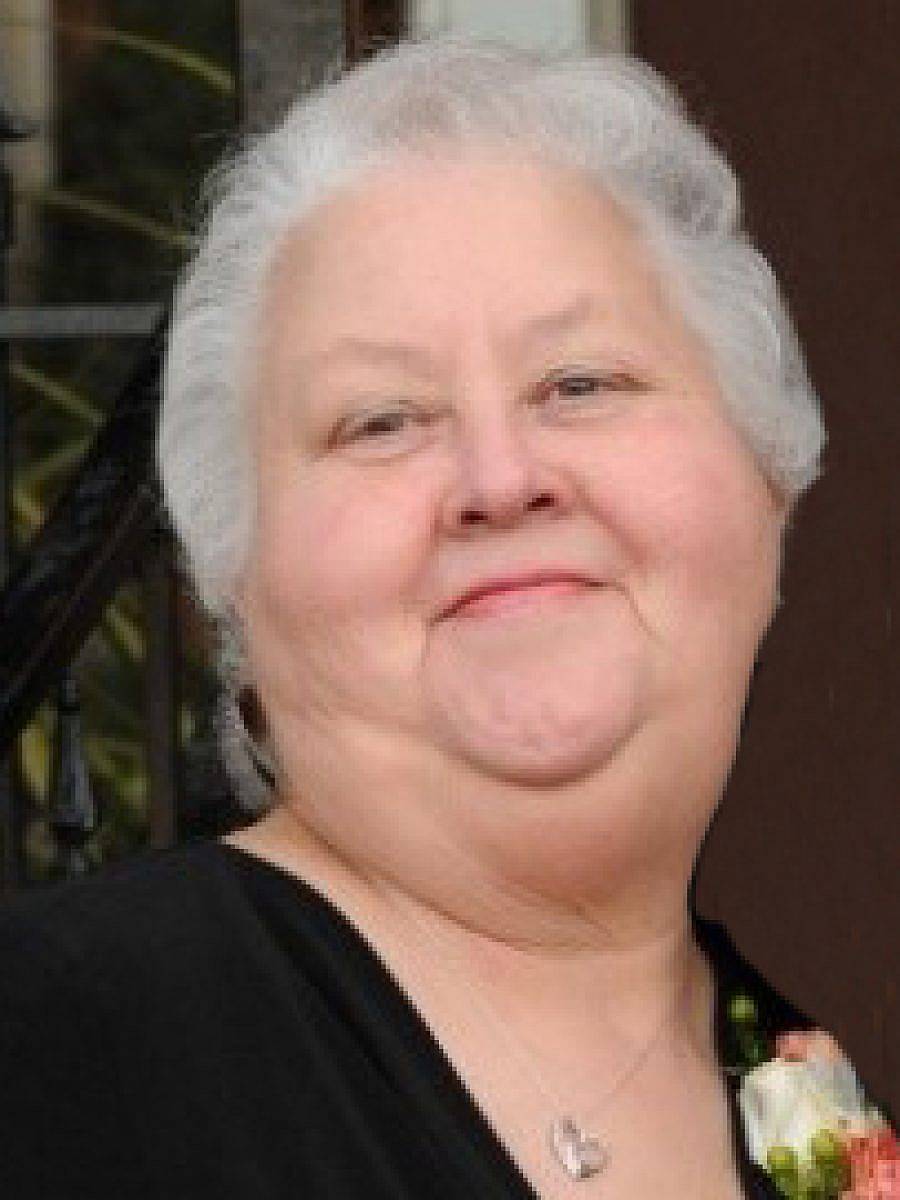SIOUX FALLS, S.D. — About 51% of South Dakota’s residents do not have a certificate or any post-secondary degree, according to an organization that studies education and related issues in the U.S.
The Lumina Foundation tracks the progress states and the nation makes in educational attainment. Nick Wendell, the executive director of the South Dakota Board of Technical Colleges, said many states partner with Lumina to provide them data about education. “Part of the value is that it is Census based and it looks at every county in a state when it evaluates postsecondary attainment for the working-age adult population,” Wendell said on Jan. 25.
Wendell included postsecondary data in his Jan. 24 presentation to the Legislature’s joint committee on appropriations. Lumina found that 49.2% of working-age adults, (25-64) in South Dakota had obtained a certification or degree from a two-year or four-year college. That’s lower than the national rate of 52% (51.9%).
Wendell said the Lumina data helps identify areas where there may be gaps in access to certification and other postsecondary education. For example, Lincoln County has 55.6% attainment. The level grew up by 10.2% from 2009 to 2019, according to Lumina. Is the level higher because of the types of jobs available in the county in cities like Sioux Falls and because of access to a technical college and two private colleges in Sioux Falls? The rate in Brule County, which includes Chamberlain and Kimball, is 43.3%.
Technical colleges are working to fill that education gap as an increasing number of jobs will require skilled employees in the future, Wendell said.
Lumina projects that by 2025, 60% of adults in the U.S. will need some quality credential beyond high school. Lumina describes credentials as having clear and transparent learning outcomes that lead to further education and employment. Wendell said that 70% to 80% of jobs in the future will require “some sort of postsecondary (certificate, degree).”The McKinsey Global Institute in 2017 identified that 75 million to 375 million worldwide may need to switch occupational categories and learn new skills by 2030. That’s because in part of automation replacing some jobs and automation creating new jobs requiring different skills. Students who don’t get additional education beyond high school could be short-changing themselves. Communities in which adults are not increasing their skill level could suffer. Industry will also suffer if increased education levels are not attained.
The nation’s largest demographic segment is Baby Boomers. Baby Boomers are retiring or changing jobs and those jobs will need to be filled, Wendell said. The Baby Boomers have more people than Gen Z or Millenials, for example, which compounds the labor shortage.
The need for future skilled workers is especially glaring when the current need for any workers is considered. According to the U.S. Chamber of Commerce, there are 67 workers for every 100 job openings in the U.S. Think of a small town that has plumbers or a business that needs employees and medical clinics that need nurses. What happens when that workforce retires? How do openings for skilled labor get filled?
Research also points to a need for jobs that most haven’t given much thought as technology and automation evolves and influences the labor market. Southeastern Technical College in Sioux Falls has started health care programs at a satellite site in Huron, Wendell said. There are 12 students (cohorts) in the first year. The Huron Regional Medical Center is a partner and it will have a need for future employees, Wendell said.
There are other industries who are willing to partner with the system on education and training, he said. Geography and access aren’t the only barriers to postsecondary education. The other large barrier can be money.
Wendell said that the Build South Dakota scholarship program is making a positive impact. In the fall of 2021, there were 457 scholarship grantees in the technical college system. There were 300 industries that agreed to pay 50% of the student’s tuition if the student agreed to work for them for a certain period of time, he said.
Some of the 51% who haven’t gotten a certification or degree have taken classes, Wendell said.
There are many reasons why some students never completed a degree, he said. Technical colleges must also work to encourage those students to pursue certification or that degree, Wendell said. Those students may need to take classes part-time or need financial assistance. A job, a mortgage and family can be reasons why someone did complete certification or a degree.











